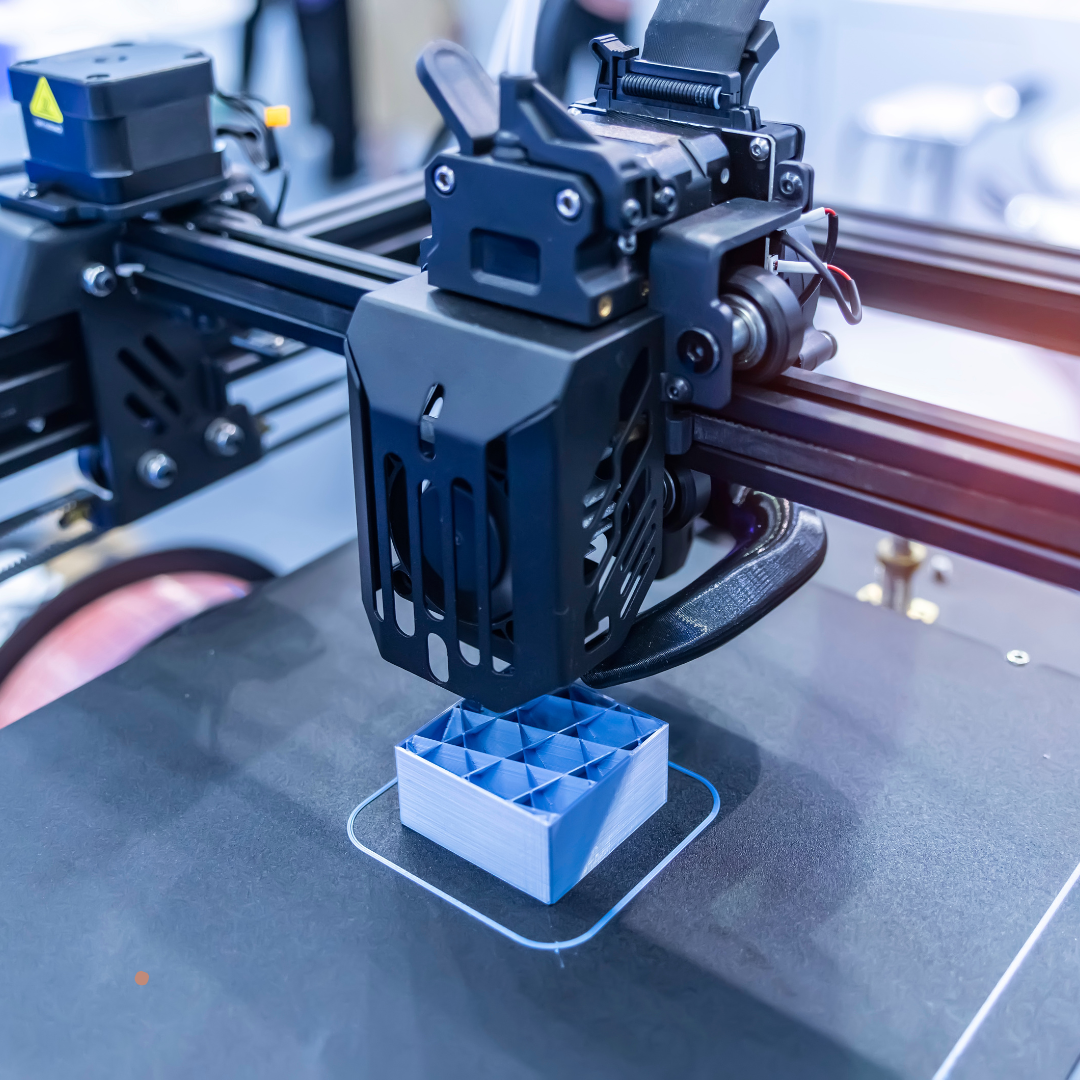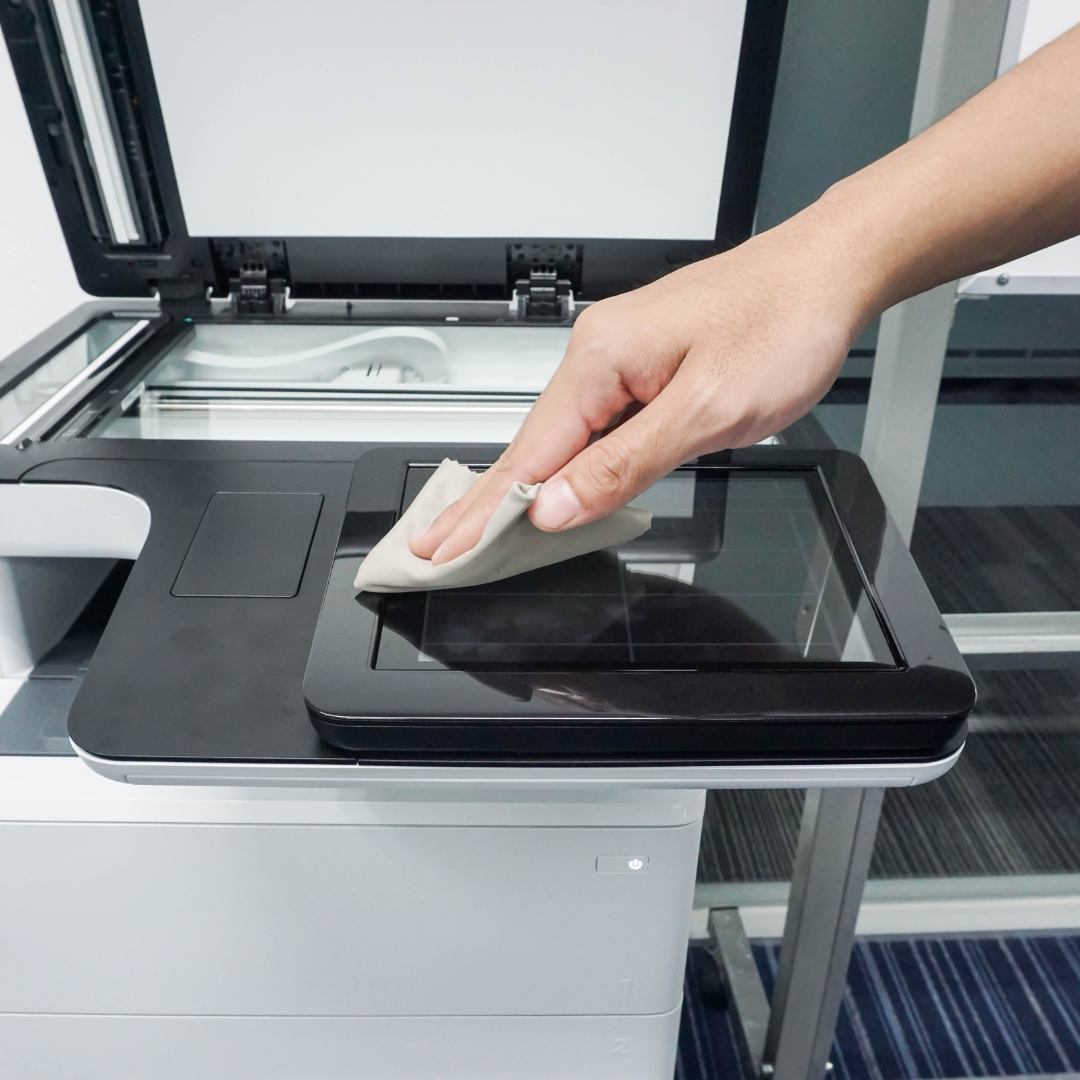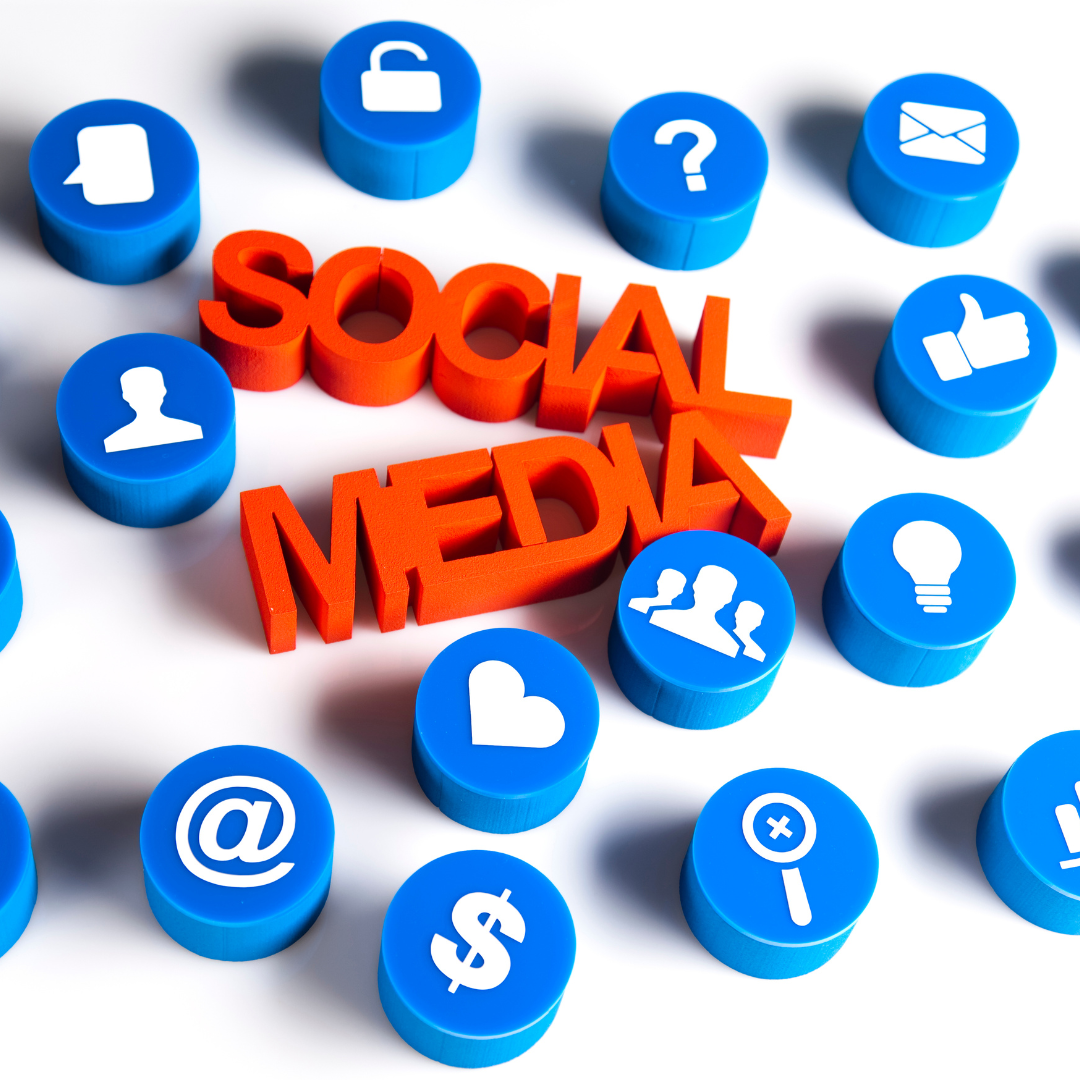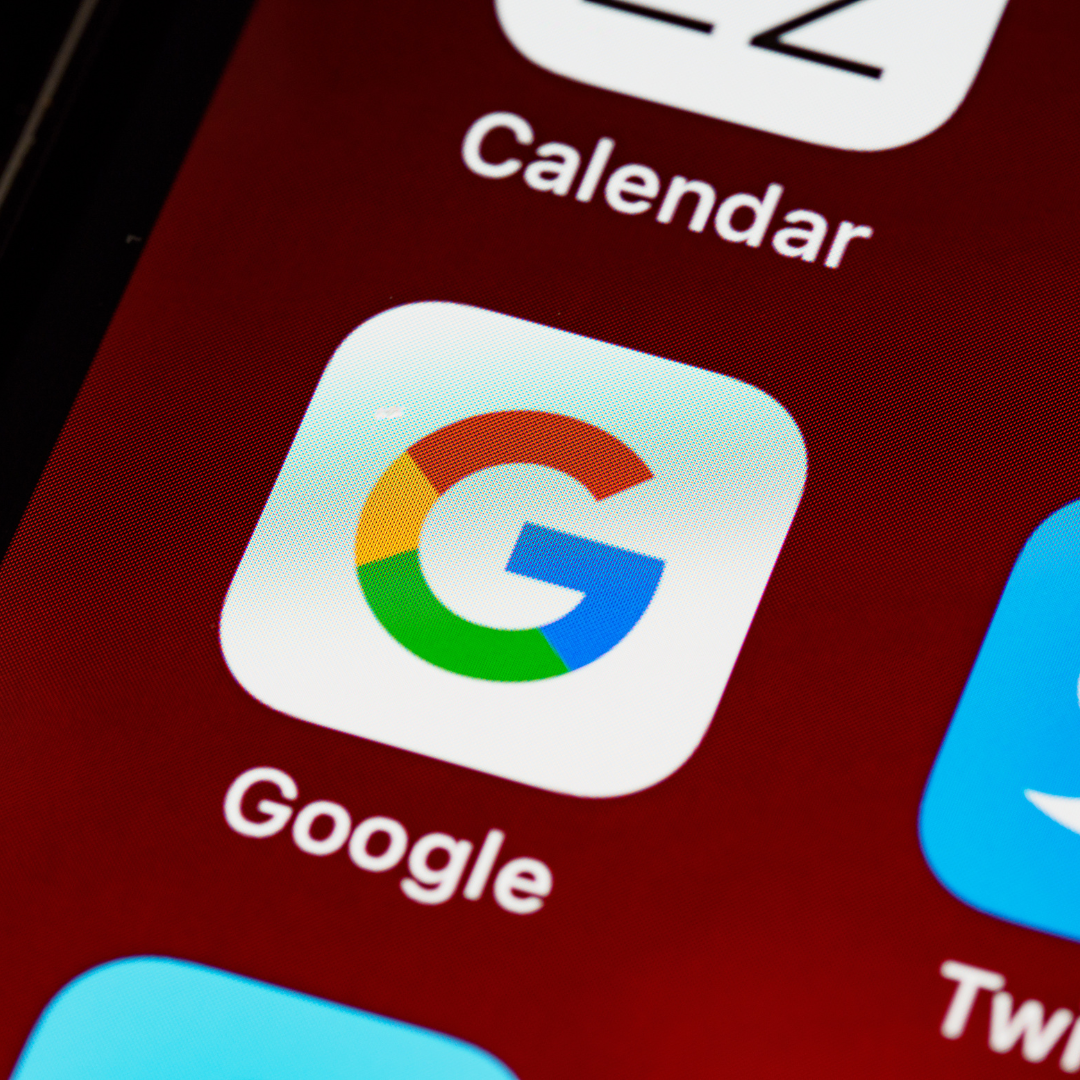3D printing has become a key technology for companies seeking to innovate. Initially used in industry and prototype design, it is now finding its way into marketing, offering concrete opportunities to differentiate oneself from the competition.
In Belgium, many SMEs and large companies are already starting to exploit this technology to strengthen their brand image, enhance the customer experience and offer unique, personalized promotional items.
In this article, we explain how to integrate 3D printing into your marketing strategy and turn it into a real growth lever. We'll also look at how to Webiphi can support you in your global visibility strategy, not only on the web, but also in the real world, via differentiating physical media.
1. Why use 3D printing in your marketing?
3D printing lets you create personalized objects at lower cost and in less time. Here are the main advantages for your marketing communications.
Differentiation and visual impact
- Creation of unique and original objects that your customers won't find anywhere else.
- Innovative marketing tools such as interactive mock-ups, physical mini-products or technical demonstrators.
Cost reduction and flexibility
- Rapid prototyping: you can test your ideas and designs without going through conventional industrial production.
- Real-time adjustments without reinvesting in heavy molds or lines.
- On-demand manufacturing: you produce only what you need, when you need it. There's no dormant stock.
A greener approach
- Less material waste than conventional manufacturing methods.
- Possibility of using recyclable or biodegradable materials to reinforce a responsible brand image.
Extensive customization
- Creation of products or promotional objects tailored to the customer or the context of use.
- Better customer experience thanks to tangible, useful and memorable media, not just flyers.
Personalization is a strategic conversion axis. It's the same logic we apply to our digital acquisition campaigns, described in our Online visibility Creating distinctive impact around your brand.
2. 3D printing applications in marketing
3D printing offers very real possibilities for Belgian companies who want to go beyond traditional marketing materials.
Prototyping and product presentation
Before launching a product, it's essential to validate its design, dimensions and perception. With 3D printing, you can create realistic physical models:
- For your internal presentations and technical validations,
- For your trade shows,
- For sales meetings with demanding B2B customers.
Presenting a physical prototype reinforces the credibility of your offer. It's exactly the kind of argument we like to incorporate into your sales materials, offer pages and landing pages. If you're already working with us on website and landing page design, These physical supports can be integrated into your digital sales pitch.
Personalized goodies and promotional items
Distributing truly exclusive 3D-printed objects (key rings, figurines, phone holders, functional parts with your logo) enables :
- Physically anchor your brand in your prospects' daily lives,
- To replace the “classic goodie” seen everywhere with an object that tells the story of your expertise,
- Personalize your gifts to suit the customer, the sector or the moment (event, trade show, signature, VIP).
Innovative, eco-friendly packaging
3D printing makes it possible to create unique, customized and differentiating packaging :
- High-end product displays,
- Custom cases for limited editions,
- Reusable or refillable packaging to reduce disposability.
Smart packaging directly supports your brand image and positioning. It can also be promoted on your website or networks as proof of your commitment to the environment. We can integrate this argument into your marketing messages, offer pages or targeted email campaigns (see our approach to strategic emailing).
Interactive models for architecture and events
For architecture, events and space planning agencies, 3D printing makes a concept immediately tangible:
- Visualization of a space before construction,
- Stand design before a trade show,
- 3D presentation of a concept prior to fund-raising or internal validation.
Signage and point-of-sale advertising
3D signage, letters, logos, counter displays, customized lighting elements: 3D printing is an eye-catcher in stores and showrooms. The result: your brand is immediately more memorable.
This type of physical support is very powerful when combined with a local visibility strategy. For companies based in Brussels, we often integrate it with a strategy of local visibility and brand awareness to be seen both online and in the field.
3. How can you integrate 3D printing into your marketing strategy in Belgium?
Step 1: Define your marketing objectives
Before investing in 3D printing, clarify the role it should play:
- Improve brand awareness
- Enhancing the customer experience
- Facilitate sales by making your products more tangible right from the prospecting phase
- Create a clear difference from your direct competitors
This strategic thinking is identical to that which we carry out when we work on your online visibility Your message must be clear, coherent and memorable.
Step 2: Choosing the right production method
In Belgium, several scenarios are possible:
- Invest in an in-house 3D printer if production volume is high and recurring.
- Outsource to a specialized partner if you have one-off, high-end or complex needs.
- Select materials suited to your image: biodegradable plastic, highly detailed resin, metal, etc.
The choice depends on your brand positioning, your margin, and the type of experience you want to offer your customers.
Step 3: Integrate 3D into your communication campaigns
3D printing must not remain an isolated gadget. It must feed your other channels:
- Event presence: differentiating physical objects at your trade shows.
- Loyalty: personalized gifts for your key customers.
- Digital content: short videos showing 3D manufacturing, published on your social networks, landing pages or email campaigns.
This type of activation can then be integrated into dedicated landing pages, created for conversion. If you need professional landing pages, consult our web development and custom page design.
4. Examples of the use of 3D printing in Belgium
Here are some representative scenarios observed on the market:
- A restaurant in Brussels has printed miniatures of its dishes so that customers can immediately visualize the menu. The result: better presentation and a “wow” effect in the dining room.
- A cosmetics brand has designed refillable packaging produced using 3D printing to reduce its carbon footprint and communicate its commitment to sustainability.
- A manufacturer in the electric mobility sector uses 3D printing to create prototypes of parts and accessories. Objective: iterate faster, convince investors and improve design before industrialization.
This kind of approach aligns marketing, image, R&D and sales. This is where 3D becomes a business lever, not just a “cool” object.
Conclusion: 3D printing, a concrete asset for your marketing
3D printing represents a real opportunity for companies in Belgium who want to differentiate themselves, create perceived value and offer a more immersive experience to their customers.
- Immediate brand differentiation
- Lower prototyping and testing costs
- Advanced customization options
- Enhanced eco-responsible image
At Webiphi, We integrate this type of support into an overall strategy for visibility and brand awareness: consistent visual identity, high-performance marketing content, physical supports and optimized digital presence.
Would you like to integrate 3D printing into your marketing, create differentiating media or structure a campaign around a unique physical object?
Contact Webiphi now to define a tailor-made strategy and implement concrete, results-oriented actions.





